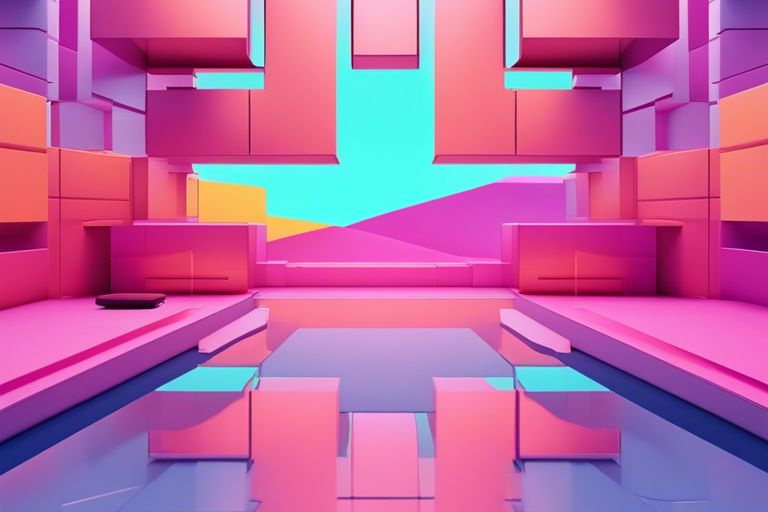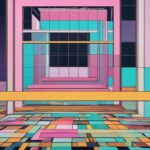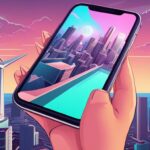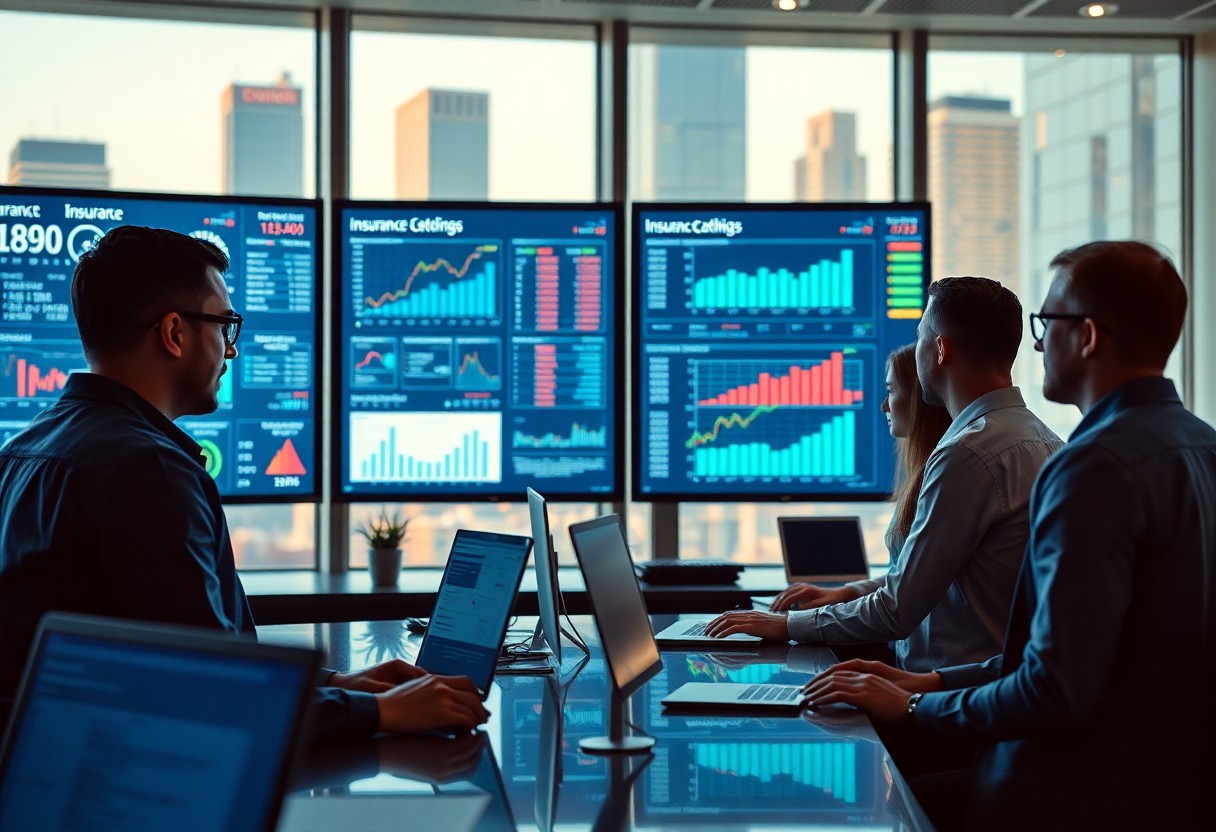Can Non-Fungible Tokens (NFTs) Revolutionize The Art World?
NFTs have taken the art world by storm, offering a unique digital ownership experience. These one-of-a-kind tokens have the potential to revolutionize the traditional art market by providing artists with a new way to monetize their work directly to collectors. However, as with any groundbreaking technology, there are dangers to consider, such as copyright infringement and environmental impact. By delving into how NFTs function within the art world, we can gain insight into their positive and possibly transformative effects on the industry.
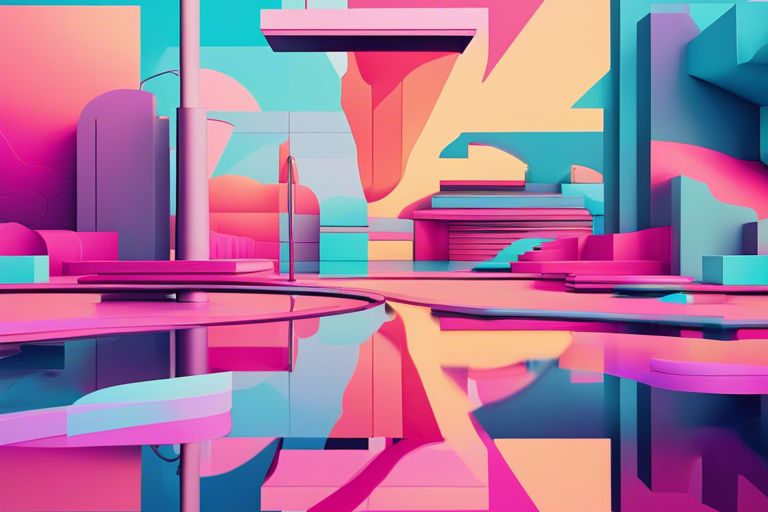
The Rise of NFTs in the Art World
The Digital Art Boom
Boom! The advent of Non-Fungible Tokens (NFTs) has sparked a digital art boom like never before. Artists are embracing this new technology to create unique and verifiable digital creations, opening up a whole new world of possibilities in the art market.
Collectors and Investors Take Notice
The art world is abuzz as collectors and investors start taking notice of the potential of NFTs. The ability to own one-of-a-kind digital assets that can be securely authenticated on the blockchain is attracting a new wave of art enthusiasts looking to diversify their portfolios.
This shift in the art market is not only reshaping how art is bought and sold but also challenging traditional notions of ownership and provenance. As more high-profile sales and collaborations take place in the NFT space, the art world is experiencing a seismic shift towards digital assets.
The Benefits of NFTs in Art
Ownership and Authenticity
To truly understand the impact of NFTs on the art world, we must first recognize the significance they bring to ownership and authenticity. It allows for digital artists to create unique, verifiable works that cannot be duplicated or forged, ensuring the value and integrity of their creations.
Democratization of Art
NFTs have the power to revolutionize the art world by breaking down barriers to entry and allowing artists from diverse backgrounds to showcase and sell their work on a global scale. This paradigm shift enables creators to connect directly with their audiences, bypassing traditional gatekeepers and giving rise to a more inclusive and diverse art community.
Challenges and Limitations
Technical Issues and Interoperability
Even as Non-Fungible Tokens (NFTs) gain momentum in the art world, technical challenges and issues with interoperability remain significant obstacles. On blockchain platforms, issues like slow transaction speeds and high gas fees can hinder the seamless experience of buying and selling NFTs.
Environmental Impact and Sustainability
Interoperability is another crucial challenge facing NFTs. The need for different blockchain networks to communicate and interact efficiently is important for the widespread adoption of NFTs. Currently, various blockchain platforms operate independently, creating silos that hinder the seamless transfer and interaction of NFTs across different networks.
Challenges like the massive energy consumption of blockchain technology, particularly in Proof of Work systems like Ethereum, raise concerns about the environmental impact and sustainability of NFTs. The intensive computational processes required for minting and trading NFTs contribute to carbon footprints, sparking debates about the ecological implications of this digital art phenomenon.
The Future of NFTs in Art
New Business Models and Opportunities
Business models in the art world are rapidly evolving with the introduction of NFTs. Artists now have the opportunity to directly reach their audience and receive royalties every time their art is sold or traded, creating a sustainable income stream that was previously difficult to achieve.
The Role of Artists and Galleries
NFTs have the potential to redefine the relationship between artists and galleries. It offers artists a chance to bypass traditional gatekeepers and showcase their work to a global audience. Galleries, on the other hand, can adapt by incorporating NFTs into their offerings, providing a new platform for both emerging and established artists.
Final Words
From above analysis, it is evident that Non-Fungible Tokens (NFTs) have the potential to revolutionize the art world. The digital ownership and authenticity they provide can transform how art is bought, sold, and shared. However, challenges such as environmental concerns and market saturation must be addressed for NFTs to fulfill their revolutionary promise in the long run. Just like any paradigm shift, the integration of NFTs into the art world will require careful navigation and thoughtful consideration of its implications.
FAQ
Q: What are Non-Fungible Tokens (NFTs)?
A: Non-Fungible Tokens (NFTs) are unique digital assets that represent ownership of a specific item or piece of content, such as art, music, videos, or other digital creations.
Q: How do Non-Fungible Tokens (NFTs) work?
A: NFTs are built on blockchain technology, which ensures that each token is one-of-a-kind and cannot be replicated or exchanged for something else, unlike cryptocurrencies like Bitcoin or Ethereum.
Q: How can Non-Fungible Tokens (NFTs) revolutionize the art world?
A: NFTs have the potential to revolutionize the art world by providing artists with a new way to monetize their work, establish ownership rights, and engage with a global audience of collectors and fans.
Q: What are the benefits of using Non-Fungible Tokens (NFTs) in the art world?
A: Some benefits of using NFTs in the art world include increased transparency, traceability of ownership, potential for higher royalties for artists, and the ability to reach a wider audience through online marketplaces.
Q: Are there any challenges or drawbacks to using Non-Fungible Tokens (NFTs) in the art world?
A: Yes, some challenges include concerns about environmental impact due to the energy-intensive nature of blockchain technology, potential for copyright infringement, and issues related to the valuation and liquidity of NFTs.
Q: How are traditional art markets responding to the rise of Non-Fungible Tokens (NFTs)?
A: Traditional art markets are beginning to take notice of NFTs, with some established galleries and auction houses incorporating digital art and NFTs into their offerings, while others remain skeptical of the long-term viability of this market.
Q: What does the future hold for Non-Fungible Tokens (NFTs) in the art world?
A: The future of NFTs in the art world is uncertain but promising, as more artists, collectors, and investors explore the potential of this technology to revolutionize how art is created, bought, and sold in the digital age.
![]()
